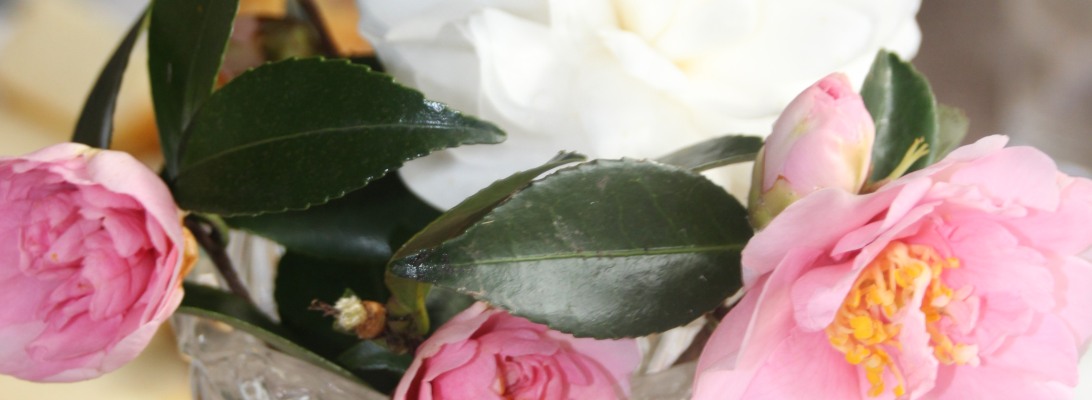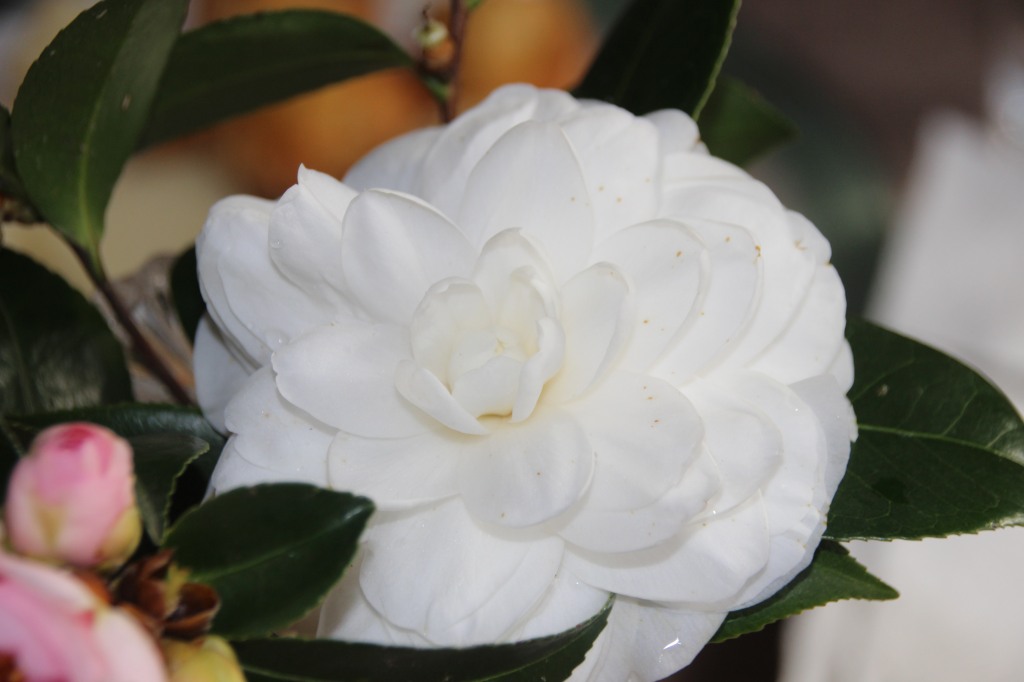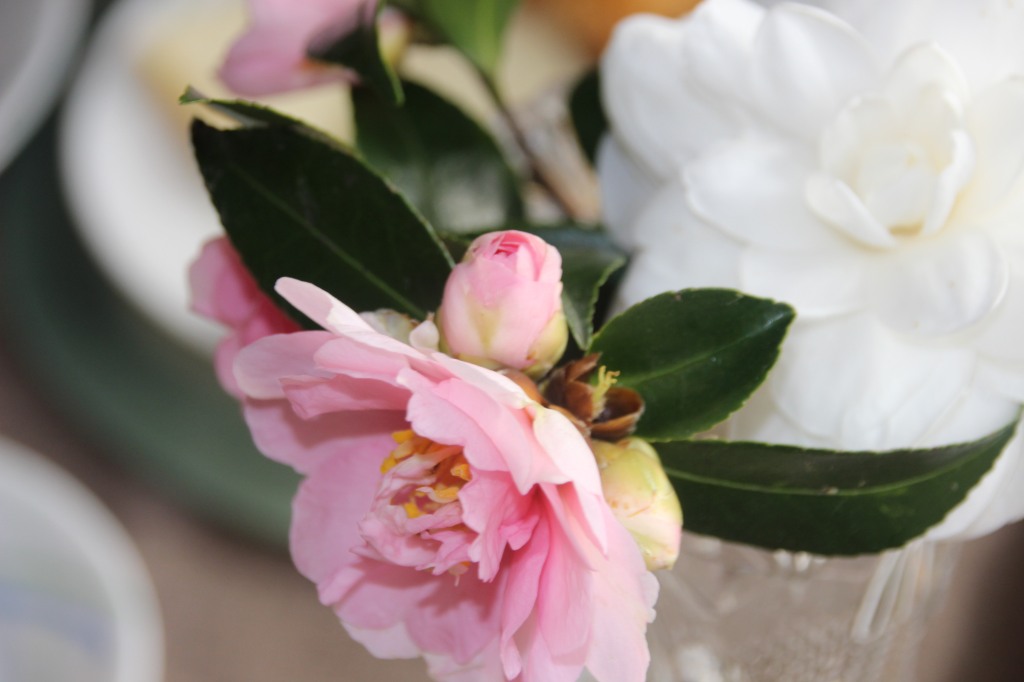If you would like to totally immerse yourself in Native American culture, I have the spot for you. There are many places important to the Cherokee located short drives away from here.

While the Cherokee of the area lived in wattle and daub houses with thatched roofs, the nomadic tribes of the west lived in teepees that could be moved as the buffalo roamed.
This teepee in Cullowhee is twenty-four feet in diameter. The interior has furnishing that follow the native American theme. It is set on a lovely hill with a view of the Blue Ridge Mountains.

This dwelling is a product of Nomadics Tipi Makers which furnished the teepees in the movie Dances with Wolves. The teepees of medicine men were decorated to designate their location. This one is beautifully marked with life-sized, wildlife portrayals.


If your entire party does not care to use the charming, nearby outdoor, enclosed shower and outhouse; you can also rent a large, gorgeous cabin on the property.

(My entire family stayed in the cabin last weekend.)




The Judaculla Rock is a quick drive from the cabin and teepee. https://floweralley.org/2022/12/20/judacalla-rock/

The Cherokee Museum is a short trip away. Both of these sites are worth long contemplative visits.
https://wordpress.com/post/floweralley.org/20703 Link to my past post on the Cherokee Museum.
Both the cabin and teepee are listed on Airbnb and Vrbo.
Teepee on Airbnb is listed by the name ‘Tipi Tranquility- Glamping at its Best’ on Vrbo it is # 2980026.
The cabin is on Airbnb as Mountain Cabin Getaway or VRBO # 9094237ha.
Mark, the owner, was a wonderful host.
Happy Holidays friends.
FLOWER will be back in 2023.
(I have a Floozy Doozy in the works entitled ‘Needle Porn.’ You crafty folks watch for it.)































